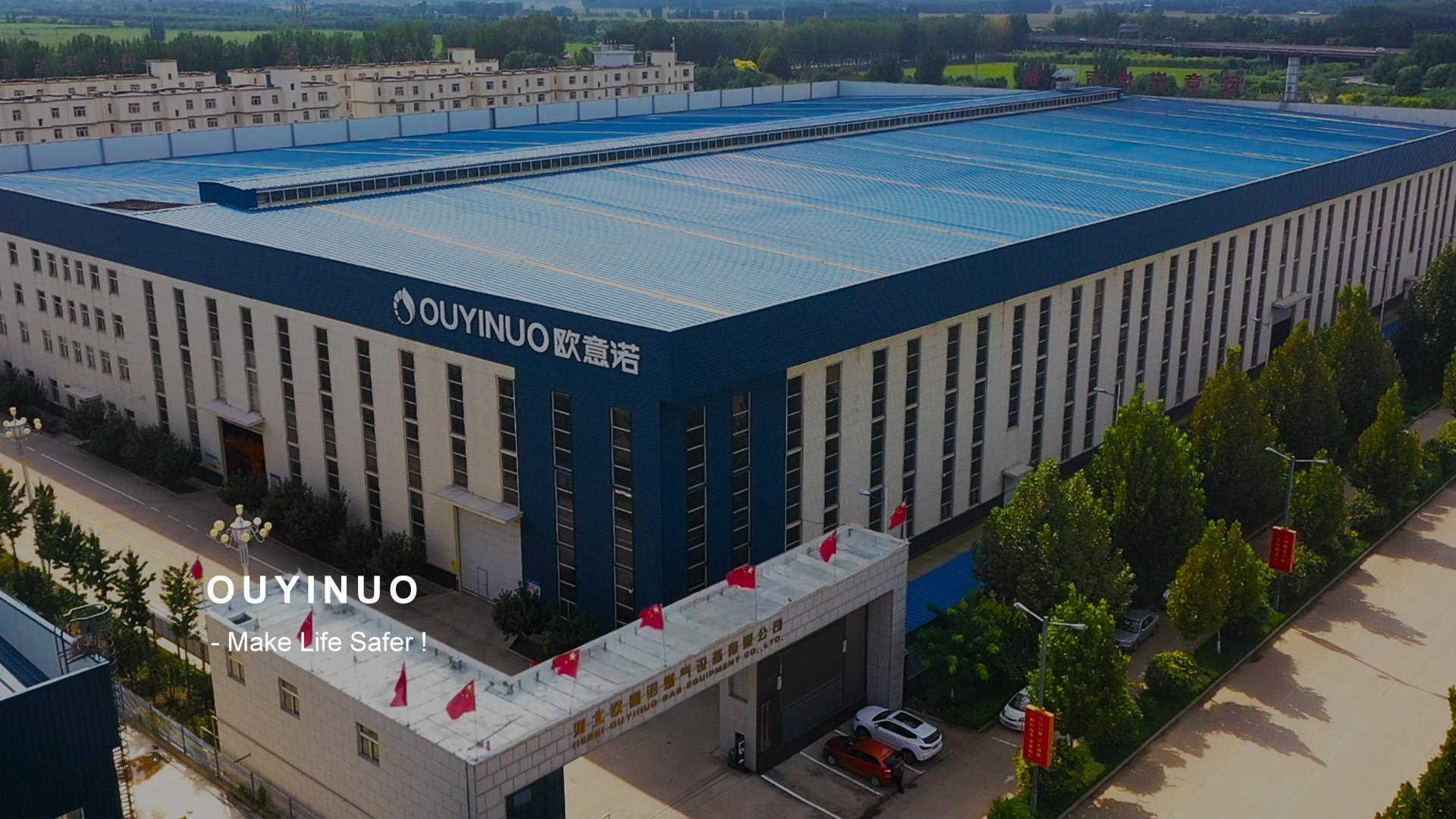
Nov . 11, 2024 01:40
Back to list
Gas Heat Exchanger Design and Efficiency Optimization Techniques
Heat Exchangers for Gases An Overview
Heat exchangers are crucial components in various industrial applications, enabling the efficient transfer of thermal energy between two or more fluids, typically without mixing them. Among the different types of heat exchangers, gas-to-gas heat exchangers play a significant role, particularly in energy recovery, heating, and cooling processes.
What is a Gas Heat Exchanger?
A gas heat exchanger is a system designed to transfer heat between two gas streams. It can either recover waste heat from exhaust gases or provide heating to incoming gases for various applications. These devices are vital in enhancing energy efficiency and reducing emissions in various sectors, including power generation, manufacturing, and HVAC (Heating, Ventilation, and Air Conditioning) systems.
Types of Gas Heat Exchangers
Gas heat exchangers can be classified into different types based on their design and operation
1. Plate Heat Exchangers Composed of thin plates stacked together, these exchangers facilitate efficient heat transfer by maximizing surface area. They are particularly effective for clean gases and can handle considerable temperature differences.
2. Shell and Tube Heat Exchangers This design comprises a series of tubes, where one gas flows through the inner tubes while another gas flows over the outer shell. This configuration allows for a rugged design and the capacity to deal with high pressures and temperatures, making it suitable for various industrial applications.
3. Air-to-Air Heat Exchangers Commonly used in HVAC systems, these exchangers transfer heat between two airstreams. They can significantly reduce energy consumption in buildings by pre-heating or pre-cooling incoming air using exhausted air.
4. Regenerative Heat Exchangers These devices temporarily store thermal energy from a gas stream and transfer it to another stream later. Regenerative heat exchangers are often used in high-temperature applications, such as in gas turbines and combustion systems.
.
The applications of gas heat exchangers are diverse, and their significance is growing as industries strive for more efficient processes. Here are some key areas where they are utilized
مبادل حراري للغاز

1. Power Generation In power plants, gas heat exchangers play a vital role in recovering waste heat from flue gases, which can be used to preheat combustion air or generate steam for additional power generation, thus enhancing overall efficiency.
2. Chemical Processing In chemical manufacturing, heat exchangers help regulate temperatures during various reactions, ensuring optimal conditions. They are essential for heat integration in processes, minimizing energy consumption.
3. Environmental Control Gas heat exchangers are utilized in pollution control systems to recover heat from emissions, aiding in reducing greenhouse gas emissions and improving air quality. This application is becoming increasingly important as regulations tighten around emissions.
4. HVAC Applications In buildings, gas heat exchangers can improve energy efficiency by recovering heat from exhaust air and utilizing it to preheat incoming fresh air. This not only conserves energy but also enhances indoor comfort.
Efficiency and Design Considerations
When designing a gas heat exchanger, several factors must be taken into account to ensure optimal performance
1. Surface Area Maximizing the surface area enhances heat transfer efficiency. This can be achieved through smart design choices, such as using finned surfaces or corrugated plates.
2. Flow Arrangement The arrangement of gas flows (counterflow, parallel flow, or crossflow) significantly affects the performance. Counterflow arrangements typically offer the highest thermal efficiency.
3. Temperature and Pressure Ratings Heat exchangers must be designed to withstand specific temperature and pressure conditions relevant to the gases involved.
4. Material Selection The choice of materials is crucial, especially when dealing with corrosive gases or extreme temperatures. Materials must be selected based on their thermal conductivity, corrosion resistance, and mechanical strength.
Conclusion
Gas heat exchangers are indispensable tools for improving energy efficiency across various sectors. With the increasing emphasis on sustainability and energy conservation, the role of these devices will continue to grow. By recovering waste heat and optimizing thermal processes, gas heat exchangers not only help industries save costs but also contribute to environmental preservation. As technology advances, we can expect to see even more innovative designs and applications, further enhancing their importance in modern industrial systems.
Latest news
-
Safety Valve Spring-Loaded Design Overpressure ProtectionNewsJul.25,2025
-
Precision Voltage Regulator AC5 Accuracy Grade PerformanceNewsJul.25,2025
-
Natural Gas Pressure Regulating Skid Industrial Pipeline ApplicationsNewsJul.25,2025
-
Natural Gas Filter Stainless Steel Mesh Element DesignNewsJul.25,2025
-
Gas Pressure Regulator Valve Direct-Acting Spring-Loaded DesignNewsJul.25,2025
-
Decompression Equipment Multi-Stage Heat Exchange System DesignNewsJul.25,2025

